The Samsung Galaxy Note7 (S820) Review
by Joshua Ho on August 16, 2016 9:00 AM ESTStill Image Performance
Now that we’ve gone over what the Galaxy Note7’s camera looks like from an architectural standpoint and a user experience standpoint we can talk about how it performs. In the interest of timeliness and due to the sheer level of commonality with the Galaxy S7 in camera we have dispensed with a broad-base comparison across multiple generations and OEMs and price points in favor of a more test scenes with the Note 7’s direct competitors to have more relevant data points that do something other than reiterate parts of the Galaxy S7 review.
| Daytime Photography |
Looking at a simple daytime scene the Galaxy Note7 looks almost exactly like the Galaxy S7 but with some very minor contrast changes and some slight reduction in sharpening. In blind A/B testing I suspect It would be impossible to actually consistently tell which photo came from which device in a consistent manner. The LG G5 has had a major OTA recently which seems to have affected camera processing as while it was noticeably sharper than the Galaxy S7 and Note7 before it now looks fairly comparable with less visible luminance noise but also less detail.
The Note7 outputs higher detail here compared to the iPhone 6s Plus which is likely due to the larger sensor used in the Note7, but pretty much every high-end Android flagship is shipping larger sensors at this point so it’s not too surprising that the iPhone 6s Plus is starting to show its age as far as camera quality goes.
When compared to the HTC 10 it’s fairly obvious that HTC has missed exposure for this scene as rather than exposing for the center with some radius and weighting they seem to expose for the whole scene with a higher weighting applied to the center of the lens. As a result things like the sky look somewhat washed out compared to reality. The iPhone 6s Plus’ color rendition is pretty much exactly how I saw the scene, so the sky isn’t reproduced quite right there. On the other hand, shadow detail is clearly superior to the Galaxy Note7 on the concrete, and texture detail is also comparable. There are some clear issues with the HTC 10’s edge detail as high-contrast edges are rather soft and more comparable to the iPhone 6s Plus, so I would say the two are fairly comparable but the Galaxy Note7 edges past due to its better edge contrast.
| Low Light Photography 1 |
Moving on to the low light scenes the first scene was just a photo of some houses at night which has both brightly lit and dark areas which are mostly identical save for the appearance of a random cat at the fence for the iPhone 6s Plus. Starting with the comparison for the Galaxy Note7 and S7, it’s obvious that the Galaxy S7 elects to use a much warmer white balance than the Galaxy Note7. I’m reluctant to pass judgment on the white balance here because pretty much every OEM is using some kind of fuzzy logic and white balance is almost always just an educated guess, so misses like this aren’t that unusual. Again, pretty much everything looks identical as far as detail goes with maybe some minor differences in edge sharpening but not much here.
Compared to the iPhone 6s Plus other than the extra cat in the photo it reproduces the fairly cold fluorescent lighting used by the first house more accurately, but other than this difference detail looks almost identical between the two.
Compared to the LG G5, we can actually see some noticeable differences in detail on the plaster walls and clearly better detail reproduction on the shrubs in the center of the frame. I would argue that the LG G5 does the best out of any of the devices tested here as LG seems to have the cleanest noise reduction algorithms.
Relative to the HTC 10 it’s obvious that the Galaxy Note7 isn’t capturing as much detail as the HTC 10 when you look at areas like the plaster under the light as various patterns that can be seen in the HTC 10 just aren’t there on the Galaxy Note7’s version of the same image. These details are also captured by the LG G5 so it’s unlikely that we’re just looking at some image artifacts either. The HTC 10 does suffer from some noticeable purple noise at the bottom right edge of the photo though and color noise is more noticeable as you get to the very edges of the image.
| Low Light Photography 2 |
In the next scene I deliberately chose a fairly low light scene where dynamic contrast is not really needed but white balance would be difficult to get right. Here we’re starting to see some difference in post-processing when comparing the S7 and Note7 as it’s obvious that Samsung has significantly toned down the sharpening effects here compared to the Galaxy S7. However, if you use the reference photo I took with the HTC 10 with manual white balance in an attempt to get the correct color rendition it’s obvious that the Note7 is a bit too yellow while the Galaxy S7 properly captures the basically orange lights given off by these sodium lights. Again, white balance can vary dramatically just based on the slightest angle change so I suspect that the differences in white balance aren’t going to be consistent from scene to scene.
Relative to the HTC 10 in Auto mode, both are equally wrong in white balance here, but it’s obvious that the HTC 10 still has more detail especially if you look at the RAW + Manual version of the photo which has even more detail preserved by Lightroom compared to the JPEG processing. The HTC 10 just has a better camera here.
If you look at the iPhone 6s Plus it actually ends up missing white balance even more as I think it’s assuming that these are conventional sodium lamps while the street lamps here are just extremely orange for whatever reason, and much more so than what I’ve seen in most cases. Detail between the two is actually comparable as well, and the Note7’s sharpening is much less aggressive than the Galaxy S7 so I would give the Note7 a narrow edge here.
Finally, the LG G5 I would say probably comes the closest to actually getting color rendition right in this scene. Detail is also one of the best here and I would argue it’s clearly superior to pretty much every other camera I tested here short of a dSLR.
| Low Light Photography 3 |
As a sanity check I went ahead and went to the same scene that I used for the Galaxy S7 review to see how cameras performed here. Once again, comparing the Galaxy Note7 and S7 it’s evident that there are slight changes in white balance but nothing huge and probably more a function of slightly different positions rather than actual changes. The main change here is the reduced amount of sharpening halos which reduces edge contrast slightly but looks a lot more natural. Detail for the most part is really unchanged here. For whatever reason the Galaxy S7 I received has issues with light streaking on the lens no matter how I clean it, but the Note7 doesn’t have these issues which might also be an advantage.
Relative to the iPhone 6s Plus it’s difficult to distinguish any difference in detail relative to the Note7 and color balance is basically identical as well. It’s also worth mentioning that the noise reduction is slightly cleaner on the iPhone 6s Plus but the difference is small. I would call it a wash here as both devices have fairly similar output and minor differences in both directions.
Against the HTC 10 the Note7 is clearly inferior. Just looking at the asphalt there’s better detail on the HTC 10, and if you look at the street sign you can clearly make out the words Glenmont Dr while the Note7 really only has Glenmont legible. The tree also has finer detail. The one thing that the Note7 does handle better is distortion, as the lights are just clearly blown out and a lot of optical aberrations are visible compared to the optics on the Note7. I suspect HTC is just going too aggressive with focal length here as the problem is especially worse on the edges despite wiping down the lens of each phone with a cotton cloth before taking the shot.
The same sort of story plays out with the LG G5 but detail is somehow slightly worse than what we saw on the HTC 10 which leads me to believe that the recent OTA has really affected image processing. The G5 just has a much cleaner photo than what the Note7 is putting out, as is the HTC 10.
| Low Light Photography 4 |
In this scene which attempts to introduce an object fairly close to the camera such that focusing at infinity is no longer sufficient, we can test to see how well a device hits focus. Here, again the only perceivable difference between the Galaxy S7 and Note7 is color balance. Detail is basically identical.
Relative to the HTC 10 the Note7 has clearly superior dynamic range. This is often a sticking point for HTC even with auto-HDR. The photo is just very dark. Doing the same photo in manual mode with a 2 second exposure solves the problem so I suspect that HTC is clamping gamma at high ISO in an attempt to reduce color noise. The sharpening halos on the Note7 are also fairly visible in the background when compared to the manual mode reference photo while the HTC 10 on auto doesn’t do this sort of thing. Detail on the wood is also much finer on the HTC 10, which seems to be a product of the larger sensor and generally less heavy-handed noise reduction.
Relative to the iPhone 6s Plus the Note7 has a noticeably brighter exposure and better dynamic range. Detail is also comparable, but again it’s obvious that Samsung is doing some artificial sharpening that really makes for some strange effects as out of focus background objects now have random sharp halos on them. Samsung ultimately wins out here, but the sharpening artifacts really do count against them and if not for the superior dynamic range I would hand the win to the iPhone 6s on this alone.
Looking at the LG G5 detail is better than the Note7 but color balance is strangely warm and the dark background is lacking detail compared to the Note7. However, the G5 also gets points for having more natural noise reduction and sharpening, so I would probably call this one a wash as depending upon what matters to you in a camera one type of output is going to be preferable to the other.
| Low Light Photography 5 |
As a final scene I decided to do a fairly simple test of absolute detail in low light by just pointing the camera at a patch of evenly lit grass, but in fairly low light conditions. This is not designed to be difficult test, but makes things like poor noise reduction fairly obvious. The Galaxy Note7 once again shows visibly less artificial sharpening. The Note7 clearly still has some noise reduction but not a ton. Color balance is once again different as the Note7 renders the grass somewhat excessively green while the Galaxy S7 is a bit more accurate. Both are pretty much the same, but these are minor differences worth noting.
However, relative to the HTC 10 it’s obvious that fine detail is not being rendered very well by the Galaxy Note7. A lot of fine textures and colors are just being replaced by almost no fine texture and a single green hue which has a lot of implications for things like portraits, although depending upon what you want from a camera you may not want to capture all of the pores of someone’s face. Sharpening on the HTC 10 is just very subtle if it’s there at all.
If you look at the iPhone 6s Plus it’s obvious that detail is again comparable, but the iPhone 6s Plus is more conservative with its post-processing and lacks the extra sharpening that the Note7 uses. In this particular case it’s acceptable to do this because it’s hard to notice the difference, but I would say the 6s Plus has better post-processing.
Looking at the LG G5 it looks like we’ve actually hit an edge case or something similar with its post-processing because unlike other scenes where it clearly leads the Note7 here it’s fairly comparable with aggressive noise reduction but fairly light sharpening. I would say this is pretty much a tie.
Just as a final sanity check here I decided to take a RAW photo with the Note7 and processed it with Lightroom and it’s fairly obvious that there’s more detail to be had here but the gains are small. I suspect what we’re really seeing here is just decreased sensitivity that comes with the dual pixel system. It’s obvious that there are huge user experience benefits but I get the feeling that if Samsung decided not to pursue minimizing module thickness as a design goal that the camera would’ve been much better than what we got. I also suspect that the lack of RWB is a major contributor to what seems to be a stagnation in detail and sensitivity.
Overall, the camera of the Note7 is kind of a mixed bag for me. On one hand like the Galaxy S7 it is just ridiculously absurdly fast at everything it does, but on the other hand the output is really kind of disappointing at times. It’s not amazing but it’s not awful either. The HTC 10 is almost always producing better results here and with a major iPhone launch on the horizon I think the camera will be acceptable, but not necessarily the best. I would say that the HTC 10’s camera is fast enough to not really annoy people and produces better output which makes it the better camera for still images, but if you really care about speed above all else then the Note7 is the fastest camera you can get today.


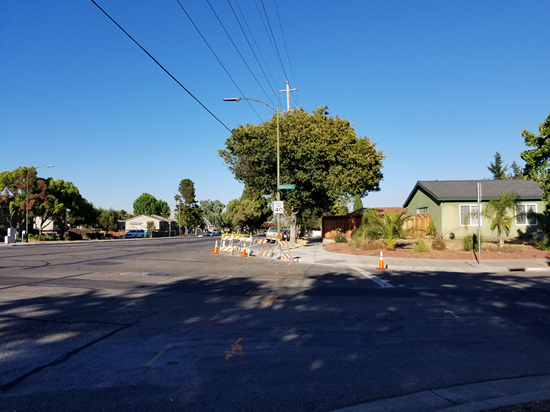
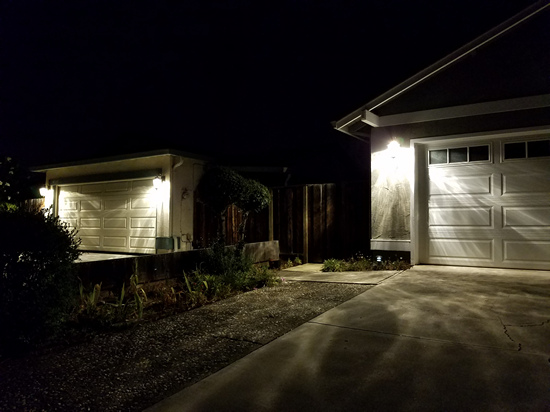
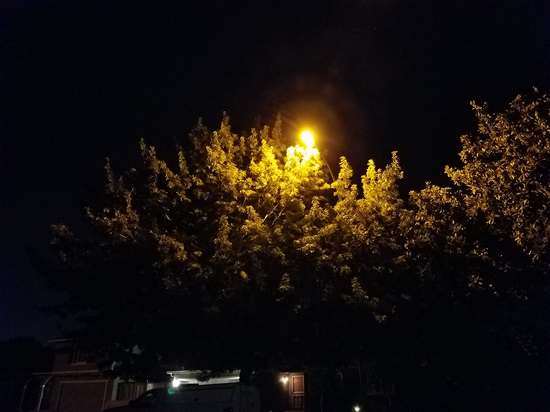

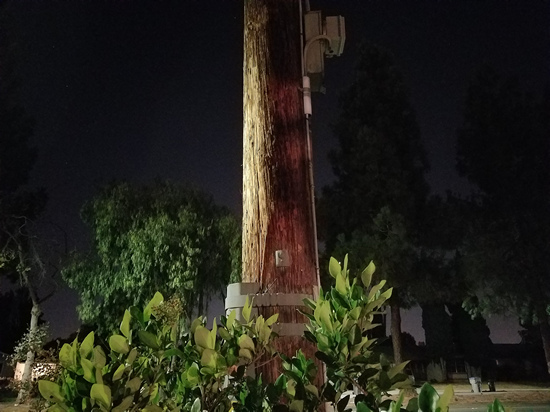
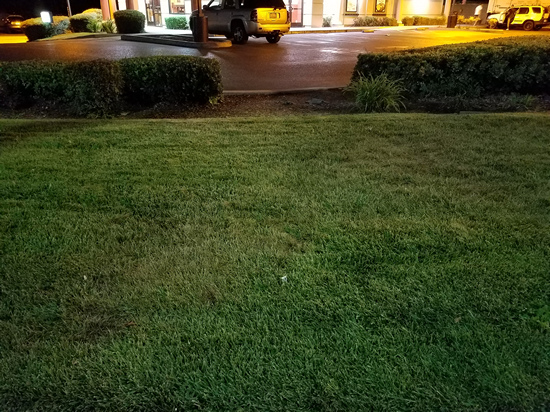








202 Comments
View All Comments
theduckofdeath - Tuesday, August 16, 2016 - link
The typical half glass full, negative approach when reviewing Samsung devices at Anandtech... I guess more of you guys wants a job at Apple like the one Anand managed to get?theduckofdeath - Tuesday, August 16, 2016 - link
Half glass empty, that is...See, I'm simply not capable of being as negative as an Anandtech writer. :)
jiffylube1024 - Tuesday, August 16, 2016 - link
I hate to hear the "Anandtech is posting biased reviews" argument because they do such a good job of being in-depth, and I appreciate their reviews tremendously. However, I agree that there is a bias in the wording, intentional or not, against Samsung's recent Galaxy phones, which have been spectacular options in the Galaxy S6/S7 era, even in spite of Touchwiz's shittiness.Is Samsung's aluminum and glass industrial design and unique bezel-free design really so bad? Anandtech thinks it's tired and needs a refresh. In The Verge's review, they come up with a completely different conclusion - they say the Note 7 the best big phone ever, and praise how Samsung has out-designed the competition. Such a huge discrepancy down to essentially a matter of taste. Can we not reach a middle ground - every review of a Galaxy review on AT needs to mention how they need to spice up the "rectangle with rounded corners". It's fine for what it is!
----
To take just one example to hone my point, The iPhone 6S's camera in the AT review was rightly praised for its improved video - 4K recording and 1080p 120 fps. However very little was made of how it was essentially the same damn sensor as the last gen with shrunken pixels giving it a nominal bump from 8MP to 12MP, with basically zero quality difference in stills.
In the Samsung Galaxy S7 review, the super fast laser Autofocus was mentioned, but the overall image quality was described thusly "However, with that said the output of the Galaxy S7 and S7 edge’s camera is not that impressive. I would argue that while it’s not worse than the iPhone 6s Plus, it is basically comparable."
It's not that impressive, yet equal to the iPhone 6S Plus. There was nothing in the iPhone 6S review or conclusion that described its camera as mediocre, yet that's how it comes off in the S7 review - Samsung has to be better, or it's unimpressive.
lilmoe - Tuesday, August 16, 2016 - link
Samsung has to be a lot, LOT, better, or it's unimpressive. FTFY.It's a mentality that really kills me.
theduckofdeath - Wednesday, August 17, 2016 - link
Exactly.Just because a person writes a ten page biased review it really doesn't make it less biased. This place just can't learn from old mistakes. Anandtech used to be a place you could go to to read reliable in-depth reviews about technology and gadgets. I don't know exactly when that changed, but I guess it was a long time ago when Anand had received enough gifts and perks from Apple to sway the whole writing culture on Anandtech.
thunderwave_2 - Thursday, August 18, 2016 - link
Here in the UK, though, they're charging £700 for it. You could buy two OnePlus 3's (£329 each) and still have change. Don't get me wrong, this is surely the better phone. But is it really worth twice the price?lilmoe - Saturday, August 20, 2016 - link
Then why isn't the same being said about every other expensive phone???Meteor2 - Saturday, August 20, 2016 - link
It is.theduckofdeath - Saturday, August 20, 2016 - link
Read the first page of the iPhone 5 SE review and you'll get some perspective. An over-priced cynical release that Apple released thinking consumers were all stupid. Not a single complaint about Apple reusing the exact same hardware of a phone they had released several years earlier, and still asking for a stupid high price.This Galaxy Note 7 is still using a really unique design language that no other brand has managed to copy. Read the first page of this review again.
This site has gone down the drain as an Apple marketing portal. Which I guess is why the comment sections are really starting to die. Because you know, people are not as stupid as Apple and Anand and his minions seem to think.
Bluetooth - Tuesday, August 16, 2016 - link
How can you say that when they do absolutely the best reviews, which are based on actual and realistic measurements. If you prefer superfluous reviews go to The Verge.